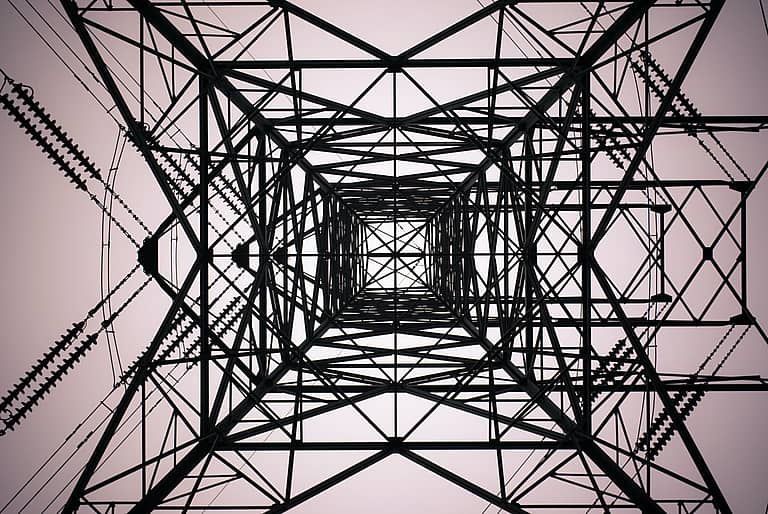Planet builds business in State and Local Government sectors in the form of new partnerships with the State of Alaska and the Mississippi Department of Marine Resources
Every year, Planet data is utilized by state and local governments to track environmental change, support regional enforcement efforts, and make informed decisions.
We were thrilled to see new partnerships with local governmental entities begin in 2021, including the State of Alaska and the Mississippi Department of Marine Resources.
Through their 7-month pilot program, Planet and the State of Alaska explored solutions for department managers that have historically been challenged by Alaska’s unique geography, marked by severe winter storms and remote landscapes. Notably, 82% of Alaskan communities are inaccessible by roads, and it is time consuming and costly to get boots on the ground for evaluations. Previously, employees would take small aircraft to monitor approximately 50 weather stations across 90 million acres of land to determine when a station became snow-free.
With daily PlanetScope images, their team was able to look back at satellite imagery day-by-day to determine the exact moment the station became snow-free, saving substantial time, costs, and energy, and increasing the accuracy of the data collected. By decreasing the number of aircraft trips needed to these remote regions, Planet’s data also significantly increased employee safety.
Using our SkySats, the State of Alaska was also able to support inspectors for mining operations. With more frequent visibility, managers tracked mining activity on a month-to-month basis to plan inspections and support regulatory enforcement. They further utilized PlanetScope and SkySat data to provide environmental situational awareness for wildfires and reveal final fire perimeters. Additionally, the state leveraged Planet imagery of forestland to determine enforcement policies prior to on-site evaluations.
Using Planet’s datasets under a multi-department license, the State of Alaska ensures this data is shared through the State’s Imagery portal so that the imagery data can be used by various agencies. For example, the satellite data collected for mining inspection analysis by the Department of Mining Land and Water is also open and accessible to the State Department of Conservation, Fish and Game. By sharing this data across agencies, there is increased project transparency to support economic development and sustainability efforts.
At the other end of the continental U.S., our satellite data also supports the Mississippi Department of Marine Resources (DMR). The Mississippi gulf coast is home to some of the nation’s most productive fin fish and shellfish waters. To ensure the sustainable use of these wetland ecosystems, the DMR works to regulate and restore these habitats yearly. Using PlanetScope imagery, the DMR was able to conduct necessary due diligence to protect wetlands and enforce accurate permitting programs.
Wetland habitats are home to a variety of submerged aquatic vegetation, including seagrasses that are vital to the ecosystem. As part of their role, the DMR provides permits to allow clients to mitigate and transport sections of vegetation for coastal development. In one instance, a client reported that in their designated zone, the aquatic vegetation was no longer present and requested a permit modification.
It was critical that the DMR was able to ensure that the movement of this growing vegetation was a natural phenomenon and not due to human interference, such as mechanical removal or obstruction of light from a barge. Using PlanetScope’s high-cadence imagery, the DMR team was able to go back day-by-day through the previous year to ensure that there was no man-made structure, barge, or interference to the vegetation on the site. They concluded that the species movement was indeed a natural phenomenon, and thanks to Planet’s high temporal resolution imagery, they were able to support the changing permit status with confidence. This case highlighted how daily transparency allowed the DMR to increase local enforcement and conduct their due diligence to keep the wetlands safe.
As a new customer, the Mississippi DMR was able to see immediate results from Planet’s product; and they are now exploring further uses for the data. These explorations will dive into identifying point sources of wetlands sedimentation, monitoring seagrass movement, and evaluating tidal marsh health and water quality. By working with our high-cadence imagery, the DMR will be able to better gauge secondary and cumulative impacts when projects are implemented.
Each year, more and more state and local governments are using Planet’s data to support their regional planning processes, manage their local industries, and protect their ecosystems. Our additional customers include the New Mexico State Land Office, the Port of Long Beach, Humboldt County, California, City and County of San Francisco, Autoridad Nacional de Licencias Ambientales in Colombia, the Florida Fish & Wildlife Conservation Commission and the County of San Luis Obispo in California.
Working with state and local governments aligns with our goals to support communities and protect the environment. Earlier this year, Planet entered into a definitive merger agreement with dMY Technology Group, Inc. IV (NYSE:DMYQ), a special purpose acquisition company, to become a publicly-traded company. As we join the public market, Planet will become a public benefit corporation (PBC), in which our mission will be encoded into our corporate DNA, obligating our directors to stay true to our mission as part of their fiduciary duty to their stockholders. Planet’s public benefit purpose is: “To accelerate humanity to a more sustainable, secure and prosperous world by illuminating environmental and social change.”


